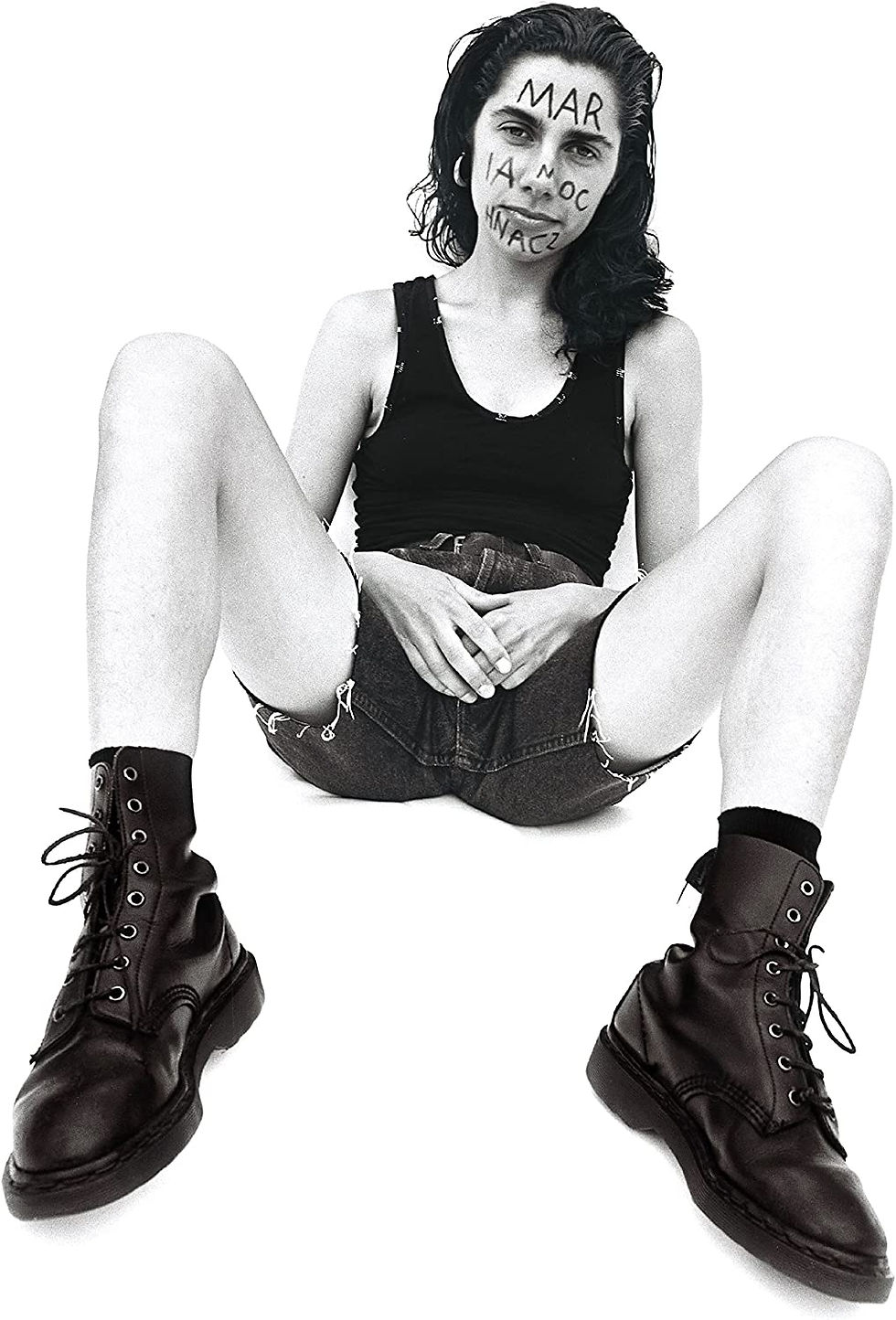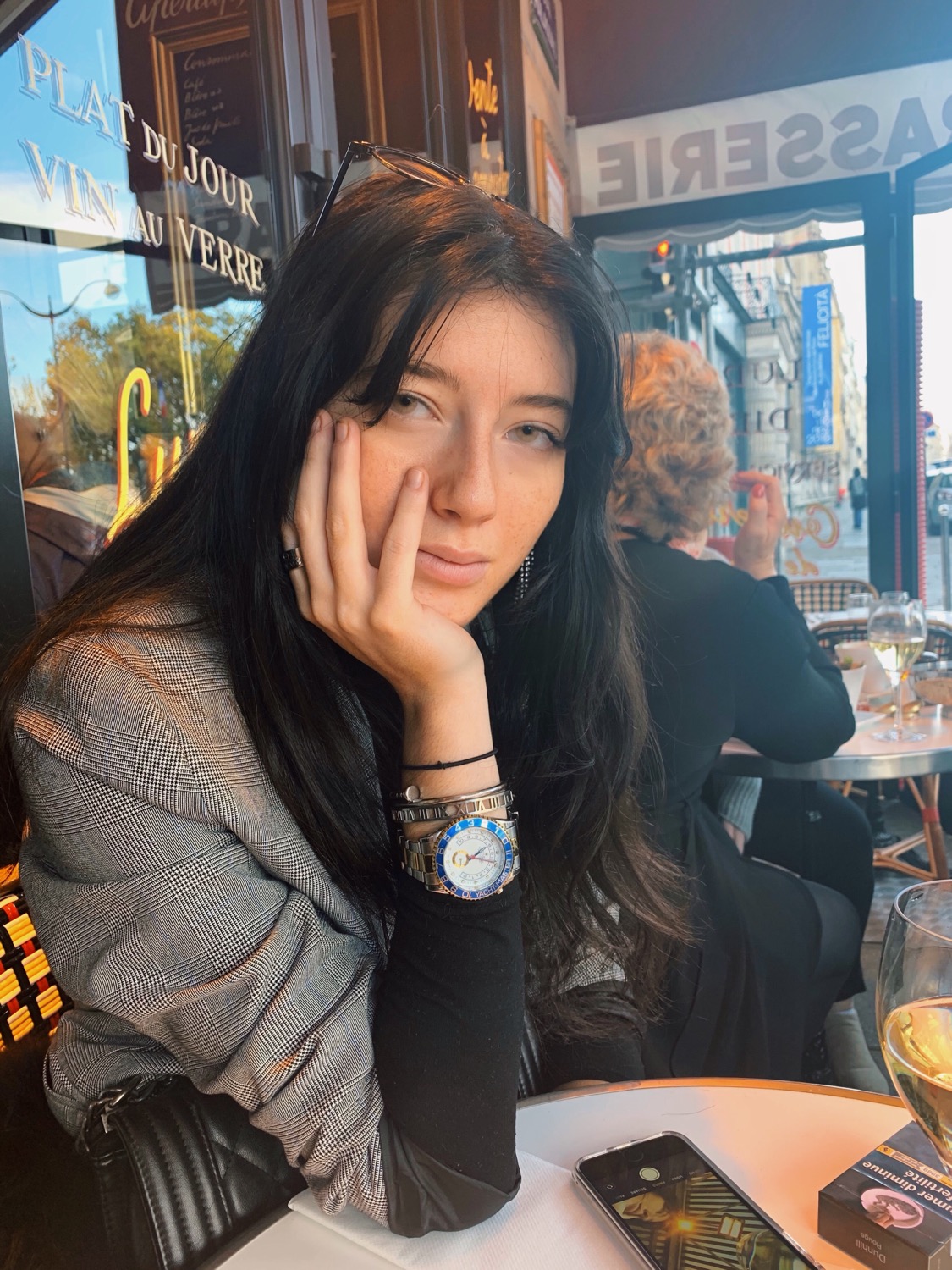FETCH FAVES | JANUARY 2023
- Victoria Comstock-Kershaw
- Jan 16, 2023
- 4 min read
Updated: Jan 17, 2023
New year, new art. Fetch London presents our favourite January London-based shows, exhibitions, music and more.
SHOWS & EXHIBITIONS

© DAN FLAVIN©
Hamid Yaraghchi | Let The Wound Lie Open
BEERS London, 51 Little Britain, EC1A 7BH
A poem by poet Michael Leunig provides the source material for a new body of work by Iranian painter Hamid Yaraghchi. The works included are an investigation into the aesthetics of abject motifs focusing primarily on the human body as a symbol of beauty. The body is very much interlinked with our psychological sense of self, of memory and emotion. This notion recalls the fictionalized biography of painter Rabo Karabekian in Vonnegut’s Bluebeard, who struggles with his soul and his body: “I do that in my head to people—get rid of all the meat so I can see nothing but their souls. Then I forgive them,” he says at the culmination of the novel. And just like Vonnegut with prose, Yaraghchi wields his paintbrush as a sort of communicative weapon, exploring fantastical possibilities that interconnect otherworldly and the natural. Pleasure and beauty.
Kate Newby | So close,come on
The Sunday Painter, 117-119 South Lambeth Road, SW8 1XA
So close,come on showcases a new series of site-responsive works that explore ideas around excavation and replacement, revealing Newby’s ongoing commitment to underline the limits and nature of sculpture. As is the case with much of the artist’s practice, the works on display demand particular attention, entering a complex dialogue with the architecture that hosts them. Newby’s material vocabulary – clay, broken glass she collects from sidewalks, bronze and rope – reveal her affinity for rediscovering and repurposing everyday objects in order to draw attention to the small, radically slight elements that often go unseen. Varying in scale, her material-driven artworks disclose an intimate conversation between maker and environment, encouraging the viewer to consider sculpture’s connection and relationship to the natural world.
Dan Flavin | Colored Fluorescent Light
David Zwirner, 24 Grafton Street, W1S 4EZ
David Zwirner presents an exhibition of works by American artist Dan Flavin at the gallery’s London location. Presented across two floors, the works on view recreate the artist’s momentous colored fluorescent light exhibitions, which took place at Leo Castelli Gallery and Galerie Heiner Friedrich in New York and Cologne in 1976, and figure as important early instances of his innovative use of immersive colour and serial progressions in response to architectural space.
Multiple Artists | Conscious Unconscious
Pippy Houldsworth Gallery, 6 Heddon Street, W1B 4BT
Each of the six artists explores the articulation and meaning of desire through diverse and distinctive methods, interrogating a range of connected themes, including fantasy, sexuality – in particular, the repression or suggestion thereof – and memory. These psychological compositions, whether highly abstracted or hinging on figuration, pursue an intuitive connection to organic matter, be it the natural world or the human body.
In her sensuous landscapes, Zoe McGuire creates a fantastical world, absorbed in both the internal and external. Curvilinear forms and sacred geometry are combined in compositions that meditate on a life force beyond that which we can see. Invested in both nature and mysticism – and the relationship between the two – McGuire’s symbolist paintings employ a jewel-like palette executed along a tonal scale.
Similarly Katarina Caserman’s paintings eschew objectivity and source material in favour of mediated imagery plucked from her own memories. Like McGuire, Caserman responds to the needs of a painting, putting aside colour and composition theory in favour of instinct. The sinewy contours of Caserman’s compositions may at first glimpse seem corporeal yet they grapple with such abstract concepts as thought, memory and time, giving form to the immaterial.
Caserman’s spontaneous process is echoed in Li Hei Di’s work, which explores repressed desire and her own sexual identity. The eroticism of Chinese literature, music and cinema is of crucial significance to Li’s work, which harnesses an Eastern attitude to sex and attraction. Exploring primal urges, her paintings capture seduction and flirtation in the fluid application of paint on canvas. Organic subject matter becomes abstract, submerged beneath painted veils or membranes.
In Héloïse Chassepot’s intuitive compositions abstracted hearts metamorphose across the canvas in waves of psychedelic colour. For Chassepot, the heart motif is significant for its triviality. Today, the symbol is conceptually inseparable with emojis and social media, used to indicate a ‘like’ but without any emotional commitment. As a cultural signifier it is devoid of any real meaning. Chassepot’s use of the visual language of girlhood – spirals and rainbow hues – reinforces the irony of the demonstrative status of the heart motif.
By contrast, Saskia Colwell’s tightly cropped, intimate paintings are executed in grayscale. In a new painting, she zooms in on a pair of crossed legs, rendered almost abstract by their compacted composition and soft-focus perspective. The unguarded intimacy of the image is sensual – Colwell invites a voyeuristic or even fetishistic reading of human desire. She invites the viewer to look beyond the naked image and to confront their own psyche.
The corruption of innocence is a key theme in Alexis Soul-Gray’s new paintings. The artist tarnishes and defaces appropriated imagery of idealised family life in the twentieth century, torn from family manuals, photograph albums, fashion catalogues and advertising, underlining the fragility of childhood and the family unit. There is an overwhelming sense of longing in her colour- and tear-streaked work that at once speaks of both violence and care.
Multiple Artists | Eccentric Spaces
The Artist Room, Floor 3, 76 Brewer St, London W1F 9TX
Departing from Robert Harbison's 1977 publication Eccentric Spaces, this exhibition explores how artists are drawn to the possibilities and visceral power of interior and exterior space: whether uninterrupted and forgotten, embedded with memories and pathos, or spectacular and otherworldly.
© FLEUR PATRICK | JUSTIN RUI HAN | LEONARD BABY
MUSIC & FILM

Noah Baumbach | White Noise
Delightfully disorientating, Baumbauch merges his signature dialogisms with a intricate take on DeDillo's great American novel.
PJ Harvey | B-Sides, Demos & Rarities
A near-exhaustive collection of the singer’s non-album tracks and orphaned gems, many of which rival her classic album cuts.
Weyes Blood | And in the Darkness, Hearts Aglow
Natalie Mering’s majestic fifth record is a dispatch from the center of catastrophe—an idiosyncratic set of love songs and secular hymns with lushly orchestral arrangements.
Hagop Tchaparian | Right to Riot
Anchored by clanging dhol drums and caterwauling zurna, the British-Armenian producer’s latest single is an uproarious clash of past and present.
Cover image © Hamid Yaraghchi










